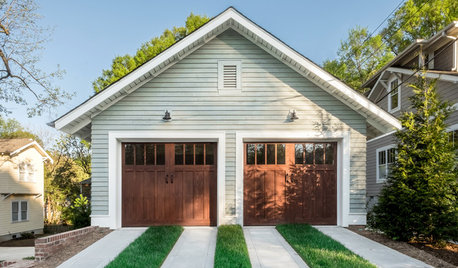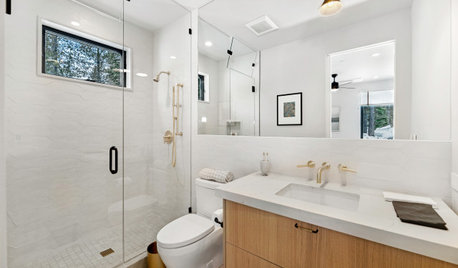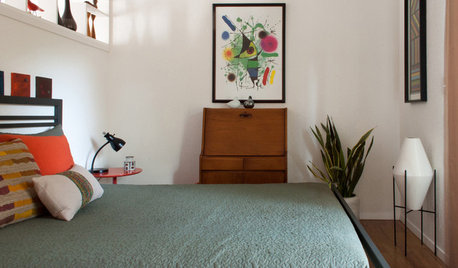Pricing of replacement American Standard / Trane HVAC system
liameknuj
11 years ago
Related Stories

GREAT HOME PROJECTSHow to Replace or Revamp Your Garage Doors
Boost curb appeal and maybe even security with new garage doors. Find out cost ranges and other important details here
Full Story
GREAT HOME PROJECTSHow to Add a Radiant Heat System
Enjoy comfy, consistent temperatures and maybe even energy savings with hydronic heating and cooling
Full Story
HEALTHY HOMEHow to Choose a Home Water Filtering System
Learn which water purification method is best for your house, from pitchers to whole-house setups
Full Story
BATHROOM WORKBOOKStandard Fixture Dimensions and Measurements for a Primary Bath
Create a luxe bathroom that functions well with these key measurements and layout tips
Full Story
BATHROOM DESIGNKey Measurements to Make the Most of Your Bathroom
Fit everything comfortably in a small or medium-size bath by knowing standard dimensions for fixtures and clearances
Full Story
STANDARD MEASUREMENTSThe Right Dimensions for Your Porch
Depth, width, proportion and detailing all contribute to the comfort and functionality of this transitional space
Full Story
MOST POPULARMy Houzz: Hip Midcentury Style for a Mom's Backyard Cottage
This 1-bedroom suite has everything a Texas mother and grandmother needs — including the best wake-up system money can't buy
Full Story
EARTH DAYGrow a Beautiful Garden With Ecofriendly Greywater
Reducing home water waste means lower bills and a healthier planet. Here's how to set up a greywater home irrigation system that can help
Full Story
GREAT HOME PROJECTSHow to Give Your Driveway and Front Walk More Curb Appeal
Prevent injuries and tire damage while making a great first impression by replacing or repairing front paths
Full Story
MOST POPULARMeet a Lawn Alternative That Works Wonders
Carex can replace turfgrass in any spot, is low maintenance and adjusts easily. Add its good looks and you’ve got a ground cover winner
Full StorySponsored
Central Ohio's Trusted Home Remodeler Specializing in Kitchens & Baths
More Discussions







tigerdunes
liameknujOriginal Author
Related Professionals
Attleboro Solar Energy Systems · Elizabeth Solar Energy Systems · Hercules Solar Energy Systems · Mesquite Solar Energy Systems · Reedley Solar Energy Systems · Bozeman Home Automation & Home Media · Farmington Home Automation & Home Media · Jamaica Plain Home Automation & Home Media · Melrose Home Automation & Home Media · Naperville Home Automation & Home Media · Riverdale Home Automation & Home Media · West Palm Beach Home Automation & Home Media · Wheaton Home Automation & Home Media · Wheaton Home Automation & Home Media · Shawnee FireplacesliameknujOriginal Author
liameknujOriginal Author
tigerdunes
liameknujOriginal Author
liameknujOriginal Author
liameknujOriginal Author
weedmeister
liameknujOriginal Author